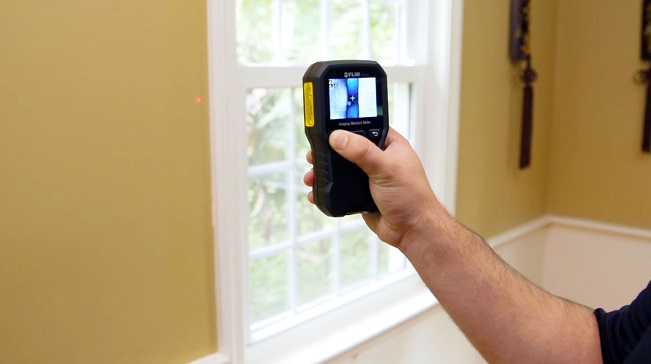For many industries, moisture meters play a vital role when it comes to doing frequent work with wood as construction material. If you are a first-time user who’s just starting to explore the benefits of these devices, there are several basic things you need to know as to make the most of them without making mistakes on your own.
Why are Moisture Meters a Great Investment?
It all has to do with quality. These devices are like the boys in blue when it comes to wood. They basically make a wood show its ID and file and reveal whether there’s likelihood for it to experience common issues such as shrinking, cracking and splitting. It can also tell you whether the type of wood can stand its ground when it comes to the mighty invader called mold. All of this can affect the quality of the final product and having reliable moisture meters at hand can prevent future callbacks.

What are the Different Types Available?
The two basic categories moisture meters are divided into are pin and pin-less meters and this division is based on the method of operation.
As the name itself suggests, the pin type operates with the help of electrodes that are used to penetrate the wood material and derive a reading regarding the %MC. This is done through the use of electrical resistance. Namely, if the meter has two electrodes, on of the pins will emit the electrical current whereas the other one will will receive it and the device will then show the level of resistance measured.
Pin-less meters scan wood samples without penetrating the wood. This is why they are oftentimes referred to as non-invasive. They do their scanning using electromagnetic radio waves below the meters scanning plate.
The dilemma that normally follows this division is which of the two types is better. Well, since pin-type meters actually get beyond the surface of the material are believed to be the more accurate ones. However, experienced professionals suggest having both types at hand.
What’s the Right %MC?
There’s no one right answer for this question. It simply depends on where the wood is going as a final product. For instance, when it comes to furniture and flooring the percentage should go somewhere between six and eight.
Temperature’s Got a Lot to Do with Moisture, Right?
Yes, but only to a certain extend. When the temperature in the wood is higher, it tends to also spike the resistance level which in turn causes rise in the indication for %MC. This is why many meters have built-in temperature correction feature. If such meter is not available, the person measuring would have to make sure that the wood sample being tested is withing these values: 50° F (10° C) and 90° F (32.2° C).
























